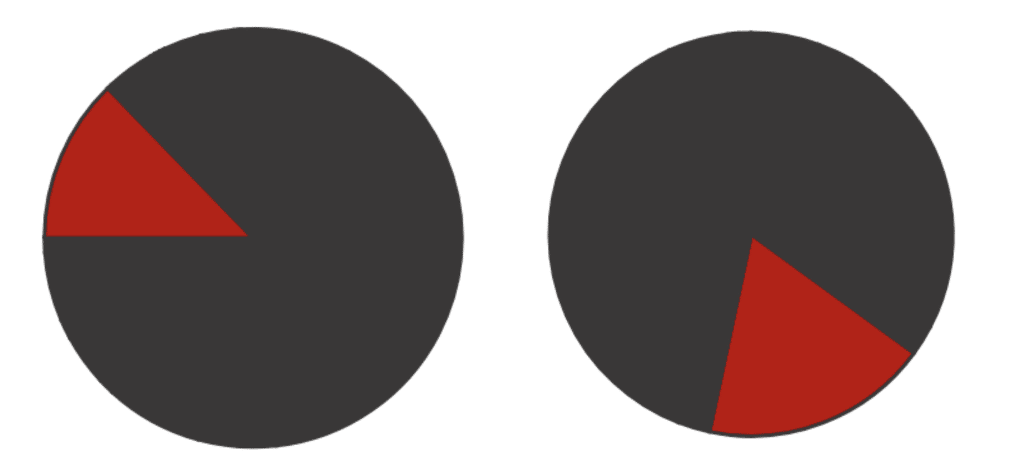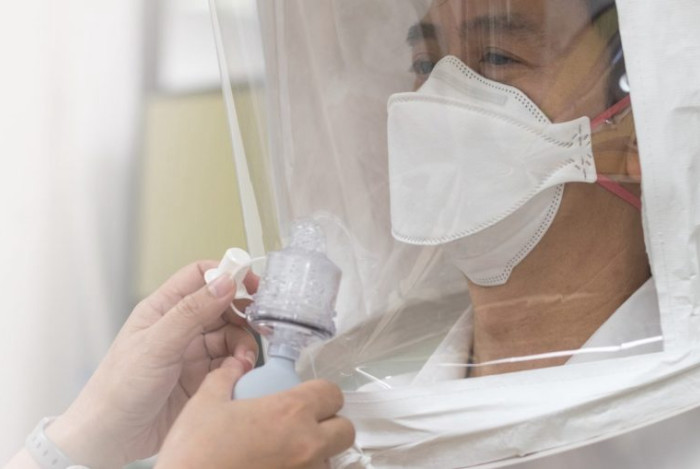Respiratory illnesses were the 2nd highest cause of lost-time claims and fatalities in Canada during 2020. These statistics do not account for those not covered by the Association Of Workers Compensation Boards Of Canada (AWCBC). It is an employer’s duty to take every reasonable precaution to protect the health and safety of workers.
Is your employer exercising due diligence to prevent respiratory illnesses in the workplace?
In 2020, there were 32,058 work-related respiratory illnesses.

In 2020, there were 165 work-related fatalities due to respiratory illnesses.
Protect yourself from becoming a part of this statistic.
Symptoms
Engineering controls are not a suitable prevention method for every scenario. This is why you need to wear Personal Protective Equipment (PPE). It is your last line of defence in the hierarchy of controls, so it is crucial that your respirator is protecting you appropriately.
Indoor and outdoor workers are equally susceptible to respiratory diseases.
- Fumes from a photocopier could affect a blue-collar worker
- Pesticides could affect a landscaper
- Construction workers are exposed to silica dust from many sources
- Painters could suffer from inhaling the fumes
Look out for the below symptoms to assess if you are suffering from poor air quality.
|
|
|
|
|
|
|
|
Benefits of getting a Mask Fit Test
Finding a face mask to wear is easy. But does it fit? More importantly, is it the right mask for you? Will it protect you from the hazardous substances that you are being exposed to?
N95 masks are meant to protect workers who are working in an oil-free environment like a hospital. There are many different types and shapes of N95 masks. Which one is the right fit for you? What if you are allergic to a specific material used in the N95 mask?
This is why getting a Respirator Mask Fit Test is essential!
A well-fitted face mask tightly contours the wearer’s face, preventing harmful particles from entering their lungs. It provides the following benefits:
- Prevents respiratory illnesses
- Increases productivity of workers
- Increases employee morale
- Protection against heat stress (respirators with cooling systems)
Financial Benefits for Employers!
Spend a penny today to save a pound!
According to the Ontario Ministry of Labour, long-latency illnesses accounted for the largest portion of compensation benefit costs between 2008 and 2017. You can save on insurance premiums if fewer workers are affected by respiratory diseases in the workplace.
You will also be protected from liability for not providing respirator training to your workers. The Occupational Health and Safety Act (OHSA) states that an employer is responsible for providing workers with training and instruction before their first use of a respirator.
By investing in your employees, you are investing in your future.
Types of Fit Test
Qualitative Fit Test (QLFT)
A white hood will be placed over your head, and a bitter-tasting solution (Bitrex aerosol) will be sprayed inside. The solution will diffuse and spread around your face while you complete head movement exercises.
The respirator is NOT adequately sealed if you taste the bitter solution. You will be asked to re-adjust the respirator or be given a different respirator until an appropriate well-fitting mask can be found.
Quantitative Fit Test (QNFT)
This type of test involves using a computer-driven device called a TSI PortaCount Respirator Fit Tester.
You will wear a mask attached to the PortaCount and complete head movement exercises. The machine will measure the number of particles that enter the mask and provide a score of Pass or Fail.
This test aims to find a mask that will allow the least number of particles to enter the mask. A low particle count indicates that the mask is a good fit.


